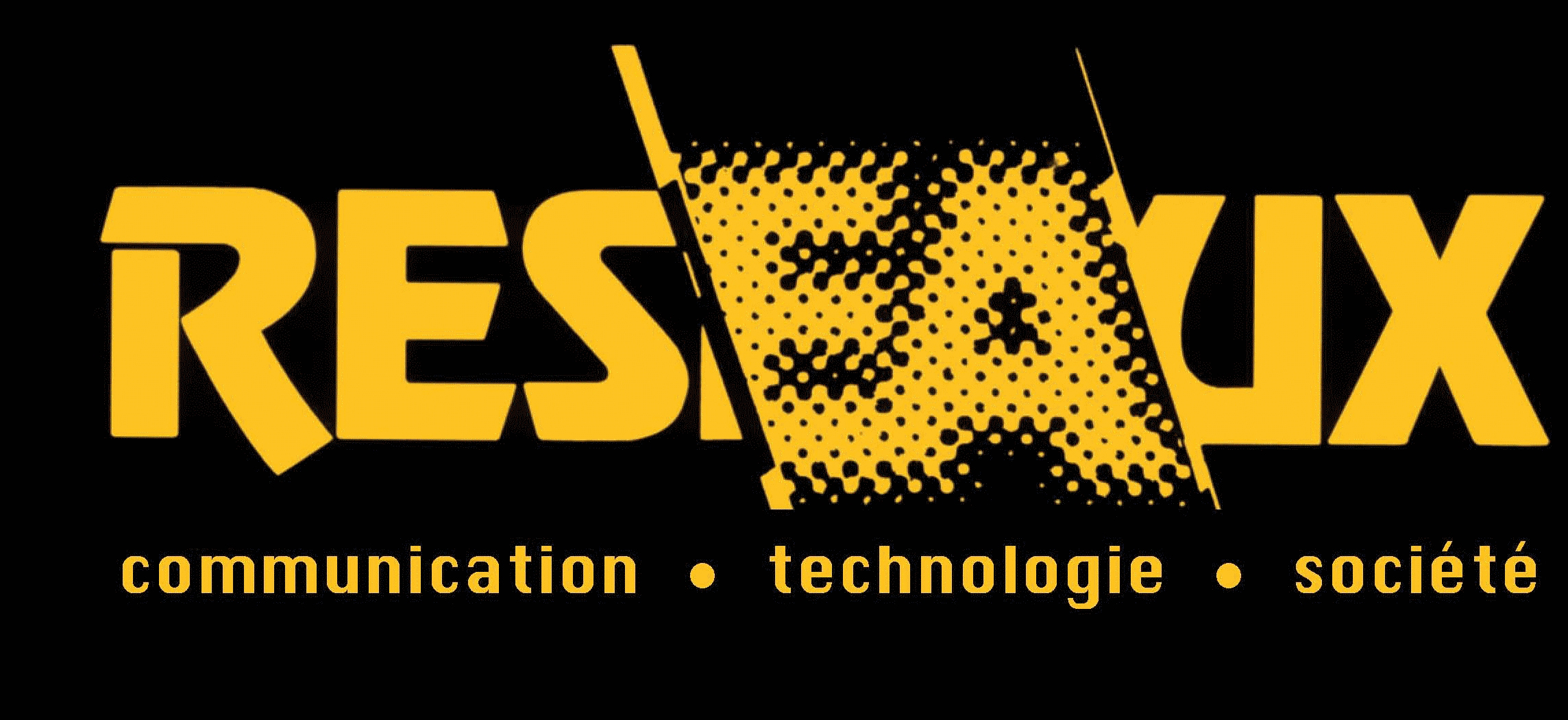Topological and Topographical Implications of Web Mapping
In 2003, UNESCO adopted the Convention for the Safeguarding of the Intangible Cultural Heritage. Although states parties were UNESCO’s main partners, the Convention recognized the fundamental role that other actors also had in preserving this heritage. Oral traditions and cultural practices are created and supported by vast and complex networks of institutions, associations, non-governmental organizations, groups and even simple citizens. Mapping the Web has proved to be a particularly appropriate way of studying relations between these actors, by taking into account both their connections and their spatial positioning. In particular, this article explores in greater depth the use of the concepts of topography and topology in this type of representation.
